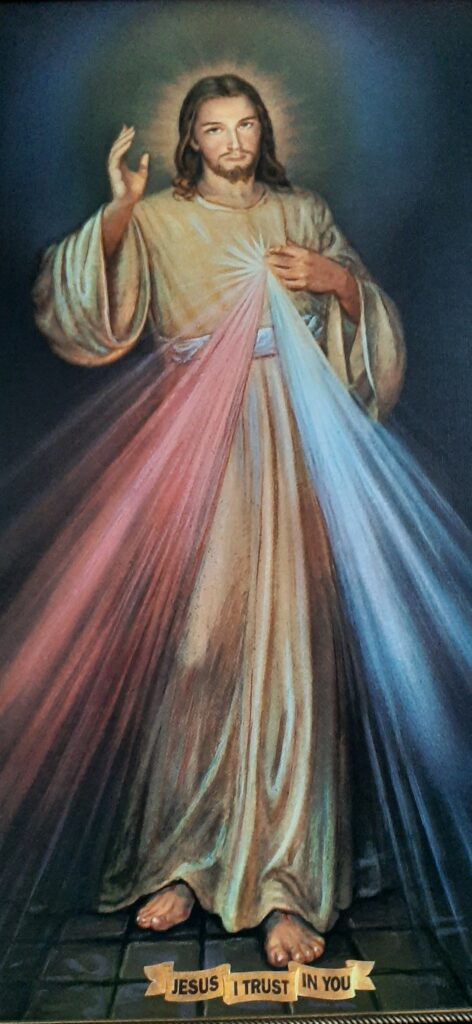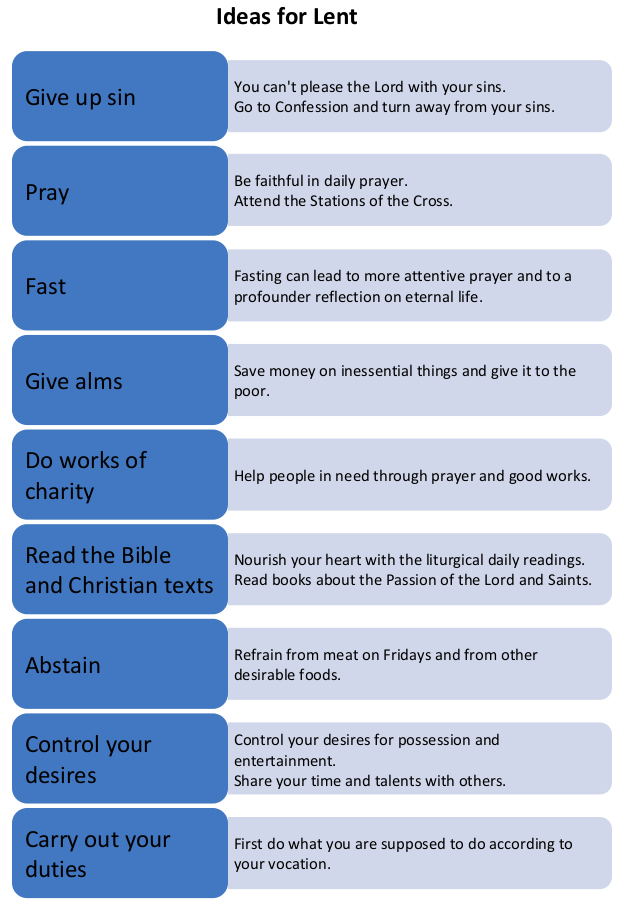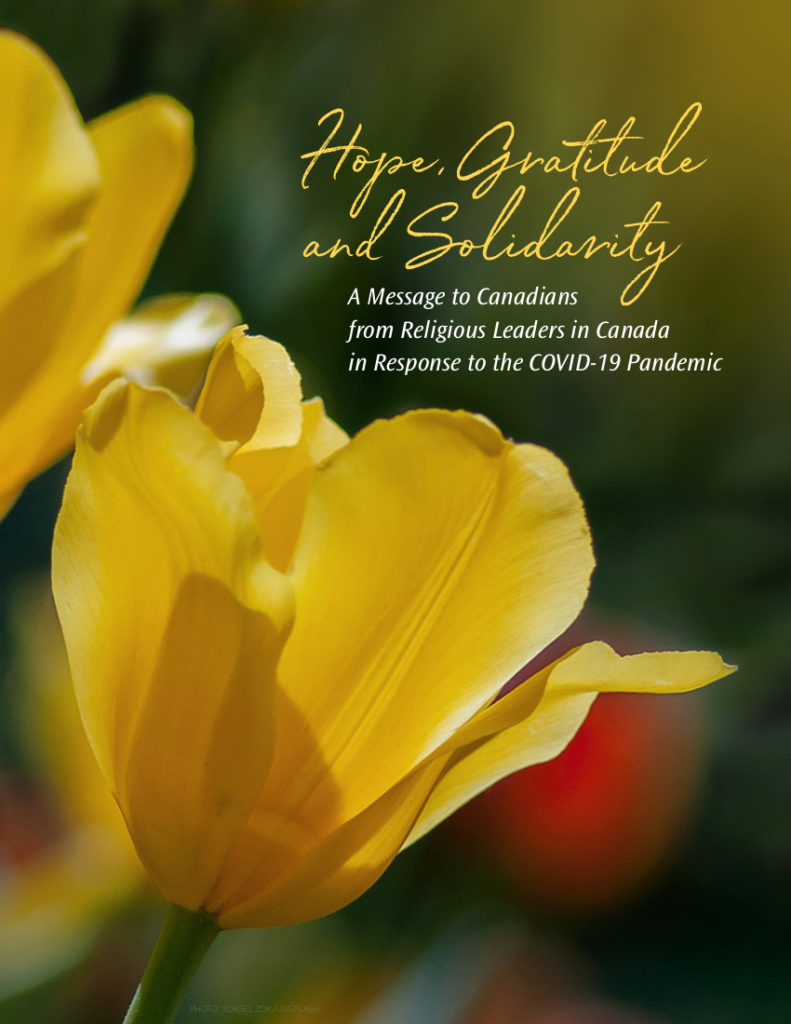Category: Pastoral Notes
From the Pastor’s Desk : 24th Week of Ordinary Time
Published September 11, 2022 / by St. Lawrence HamiltonI will get up and go to my father – this resolution to return to the father’s home as made by the prodigal son is presented to us by St. Luke in this well-known parable. Although we have heard that account many times, we may listen to it again and find a refreshed meaning. At the threshold of a new pastoral year, we may reflect on how we can live this year, and today’s Gospel gives us a simple but significant answer: get up and go back to the Father’s home. What might this mean? Many of us may be lost for various reasons, some of us may be facing hardship and uncertainty as to the future, some of us may be suffering from a physical and spiritual ailment, some of us may be struggling with everyday toil. Get up and go back to the Father’s – means that it’s time to rise from my spiritual slumber, struggles, from everything that bothers me and return to the One who has never stopped loving me regardless of what I have done. Only with the Father’s embrace may I find compassion, understanding, relief, mercy and forgiveness. How many times Have I tried to handle everything on my own and how many times have I failed? If I truly reflect on those questions, I will find the way to my Father’s.
Among the liturgical celebrations of this week, we observe two Marian feasts and one dedicated to the Lord:
Monday, September 12th we celebrate the memorial of The Most Holy Name of Mary. This feast is a counterpart to the Feast of The Holy Name of Jesus, which is held on January 3rd. Its meaning is to commemorate all the privileges bestowed upon Mary by God and all the graces received through Her intercession and mediation. This feast is connected with the Battle of Vienna, which took place in 1683, and the victory over the Turkish army that invaded Europe.
Wednesday, September 14th we celebrate the Feast of the Exaltation of the Holy Cross, which commemorates the Cross used in the crucifixion of Jesus and the discovery of the Cross done in 326 by Saint Helena, the mother of the Roman Emperor Constantine the Great during her pilgrimage to the Holy Land. There is an interesting story about how St. Helena discovered the true Cross of Jesus.
Thursday, September 15th we celebrate the memorial of Our Lady of Sorrows, which refers to sorrows in Mary’s life and her suffering in spiritual union with Her Son. In the Catholic Church there is a popular devotion to The Seven Sorrows of Mary.
Our Lady of Sorrows – pray for us!
God bless,
Fr. Peter
From the Pastor’s Desk: The 23nd Week in Ordinary Time
Published September 07, 2022 / by St. Lawrence HamiltonSunday’s processional hymn reminds us of our first priority; not only in the church, but also during our lifetime. We are to give glory and praise to the Lord! As St. Ignatius of Loyola stated in his Spiritual Exercises, we are created to praise, reverence, and serve God, Our Lord, and by this means save our souls. A new pastoral year, which we begin at the end of November, is a good opportunity to refresh our eagerness for serving the Lord hic et nunc (here and now). This Latin expression hic et nunc tells us about how we can really and practically serve the Lord: “here’ – wherever the Providence of God puts us; and ‘now’ – at the present time. Today not later. We should not search for either a better place or a more suitable time since the best opportunity has already been given to us. Let us pick up what the Lord has set for us: to serve Him at St. Lawrence’s! After summer holidays the time for making our parish prosper again has come. May everybody find his or her role according to their gifts. Please, mark your calendar and come for our pastoral gathering on Monday, September 19th at 6 pm.
This week the priests serving within the Diocese of Hamilton along with our bishops come together for an annual priest seminar from Tuesday to Thursday.
This Thursday, September 8th, we observe the Feast of the Nativity of the Blessed Virgin Mary. The Church has been celebrating Mary’s birth since at least the sixth century. The Bible does not give an account about Mary’s birth and childhood. According to tradition, Joachim and Anna kept praying for a child and received the promise of a child who will advance God’s plan of salvation for the world.
90th Anniversary of the first apparition of Jesus Merciful to Saint Faustina
Published February 22, 2021 / by St. Lawrence HamiltonSaint Faustina (1905-1938), also known as a Secretary of Divine Mercy, was an uneducated nun of the Congregation of the Sisters of Our Lady of Mercy who presented a message of Divine Mercy to the entire world. In her diary, written upon an order of her confessor Blessed Father Michał Sopoćko, she made know Jesus’ desire for all humanity to turn to His Divine Mercy. A visible sign of that devotion to Divine Mercy is a picture of Jesus Merciful painted under instructions given by S. Faustina. According to her diary, Jesus himself appeared to her several times. The first apparition took place in Plock, a city in about 100 km Northwest from Warsaw, Polish capital, on February 22nd, 1931. There in a convent house cell where Sister Faustina lived, Jesus appeared to her and told her to paint a picture according to what she saw:
“In the evening, when I was in my cell, I became aware of the Lord Jesus clothed in a white garment. One hand was raised in blessing, the other was touching the garment at the breast. From the opening of the garment at the breast there came forth two large rays, one red and the other pale. In silence I gazed intently at the Lord; my soul was overwhelmed with fear, but also with great joy. After a while Jesus said to me, ‘paint an image according to the pattern you see, with the inscription: Jesus, I trust in You.'”

In our church in the chapel dedicated to the Blessed Virgin (on the right hand side facing the main altar) there’s a copy of the Divine Mercy picture. The first image was painted under the guidance of Sister Faustina in Vilnius in 1934. During World War II in Cracow in the convent house, where Sister Faustina died, two other pictures were painted under the guidance of Jesuit Father Joseph Andrasz, her confessor in Cracow. The third image was a copy of the second one and the reason for its creation was very simple – the previous one did not fit the space in the altar. The picture hanging in our church is a copy of the one/s in Cracow.
Beginning of Lent
Published February 17, 2021 / by St. Lawrence HamiltonEvery year we begin Lent with the imposition of ashes on our heads during Mass on Ash Wednesday. The season of Lent lasts 40 days (not counting the Lenten Sundays) and leads us to the celebrations of the Paschal Mystery of the Lord culminating in the Liturgy of the Easter Vigil.
During Lent we are encouraged to observe the main Lenten works such as prayer, penance, self-denial, fasting and almsgiving. Ash Wednesday is a universal day of fasting and abstinence from meat. According to Canon Law (#1252), by abstinence are bound those who have completed their 14th year
and the law of fasting binds the faithful who are between 18 and 60 years old (the obligation ceases with the beginning of the 60th year). On the day of fasting we can have only one meal and two small amounts of food. Fasting is not a kind of diet to keep our bodies healthy, but it has a profound spiritual meaning: we deprive ourselves of food in order to be more open to prayer, to share more in the suffering of those who are striving and to save money to give to the poor. Fasting is a penitential act intended to open our
hearts to God and our neighbours, means of purification and spiritual liberation and a witness of the depth of our faith. Abstinence, like fasting, is avoidance of something that is good in favour of something that is better. It is not a matter of vegetarianism or veganism. Fasting and abstinence are forms of penance in honour the sacrifice that Christ made for our sake on the Cross.


